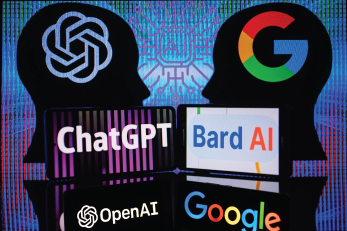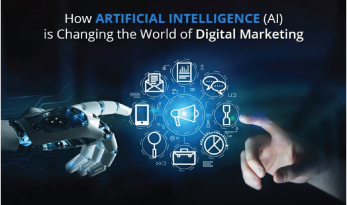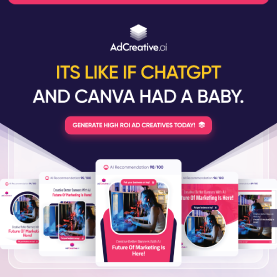What Is Creativity?
Before delving into AI’s potential for creativity, it’s essential to define what creativity entails. Creativity is the ability to generate ideas, solutions, or artifacts that are novel and valuable. It encompasses a spectrum of activities, from composing symphonies and painting masterpieces to solving complex scientific problems and devising innovative technologies.
Key aspects of creativity include:
- Originality: Producing something new or unique.
- Imagination: The capacity to think beyond what is known or observable.
- Purpose: Creating something with meaning or value.
How AI Mimics Creativity
AI has already demonstrated remarkable capabilities that appear creative on the surface. Tools like OpenAI’s DALL·E, DeepDream, and ChatGPT can generate art, compose music, write stories, and even suggest novel solutions to problems. These systems achieve this through:
- Pattern Recognition: By analyzing vast datasets, AI identifies patterns and relationships that can inspire seemingly creative outputs.
- Generative Models: Using techniques like Generative Adversarial Networks (GANs) or Transformer models, AI generates new content based on the data it’s trained on.
- Recombination: AI can blend elements from its training data to create outputs that appear original.
Examples of AI creativity include:
- Generating surreal digital artworks.
- Composing music that mimics the style of classical composers.
- Writing poetry or novels in response to user prompts.
The Debate: Is AI Creativity Genuine?
While AI’s outputs can mimic human creativity, critics argue that it lacks the intrinsic qualities that define true creativity. Let’s explore both sides of the argument.
Arguments for AI Creativity
- Novel Outputs: AI generates content that has never existed before, meeting the criterion of originality.
- Problem-Solving: AI can propose innovative solutions to complex problems, such as protein folding or climate modeling.
- Inspiration Tool: Many artists and creators use AI as a collaborative tool to explore new ideas.
Arguments Against AI Creativity
- Lack of Intent: AI does not have desires, emotions, or goals—elements that often drive human creativity.
- Dependence on Training Data: AI creativity is bounded by the data it’s trained on, making it derivative rather than truly original.
- Absence of Consciousness: Creativity is deeply tied to human experiences, thoughts, and consciousness, which AI lacks.
What Would Genuine AI Creativity Look Like?
For AI to achieve what humans consider genuine creativity, it would need to:
- Understand Context: Grasp the cultural, emotional, and historical significance of its creations.
- Exhibit Intentionality: Create with purpose or a sense of meaning.
- Surpass Training: Innovate beyond the constraints of its training data.
Achieving these milestones would signify a significant leap toward AI attaining human-like intelligence. It would also raise profound ethical and philosophical questions about the nature of intelligence and creativity.
The Role of Humans in AI Creativity
Even as AI advances, humans play a critical role in guiding its creative potential. From designing algorithms to interpreting outputs, human oversight ensures that AI remains a tool for enhancing, rather than replacing, human creativity. Collaborative creativity between humans and AI could lead to unprecedented innovations and artistic expressions.
Conclusion: Can AI Be Creative?
The answer to whether AI can be creative depends on how we define creativity. While AI can generate novel and valuable outputs, it does so without intent, emotion, or consciousness—qualities intrinsic to human creativity. However, as AI continues to evolve, its role in augmenting and reshaping human creativity is undeniable.
Rather than viewing AI as a competitor, we might consider it a collaborator—a tool that pushes the boundaries of what’s possible and inspires us to redefine creativity itself. The journey to understanding AI’s creative potential is, in itself, a testament to the human spirit of exploration and innovation.


